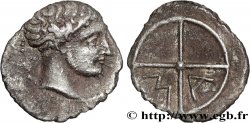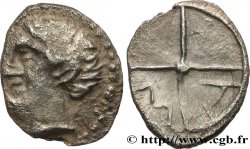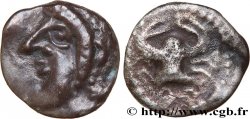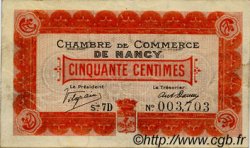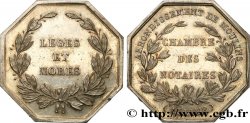v41_1512 - MASSALIA - MARSEILLE Litra à la tête casquée à droite
MONNAIES 41 (2009)
Starting price : 280.00 €
Estimate : 450.00 €
Realised price : 280.00 €
Number of bids : 1
Maximum bid : 285.00 €
Starting price : 280.00 €
Estimate : 450.00 €
Realised price : 280.00 €
Number of bids : 1
Maximum bid : 285.00 €
Type : Litra à la tête casquée à droite
Date: c. 450-410 AC.
Mint name / Town : Marseille (13)
Metal : silver
Diameter : 10 mm
Weight : 0,8 g.
Rarity : R1
Coments on the condition:
Flan large et relativement régulier. Droit avec une petite tête complète et revers avec une roue large, mais complète et centrée sur un flan légèrement scyphate. Patine de collection ancienne
Catalogue references :
Obverse
Obverse legend : ANÉPIGRAPHE.
Obverse description : Tête casquée à droite ; une roue à quatre rayons sur le casque.
Reverse
Reverse legend : ANÉPIGRAPHE.
Reverse description : Roue à quatre rayons avec moyeu central, entretoisée sur la jante.
Commentary
Ce type de litra avec la tête à droite semble être le plus "classique" de cette série à la tête casquée. Au revers, les rayons sont entretoisés. Cet exemplaire a cependant la particularité d’avoir une toute petite tête très stylisée !.








 Report a mistake
Report a mistake Print the page
Print the page Share my selection
Share my selection Ask a question
Ask a question Consign / sell
Consign / sell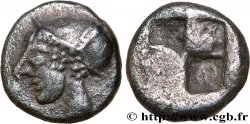
 Full data
Full data